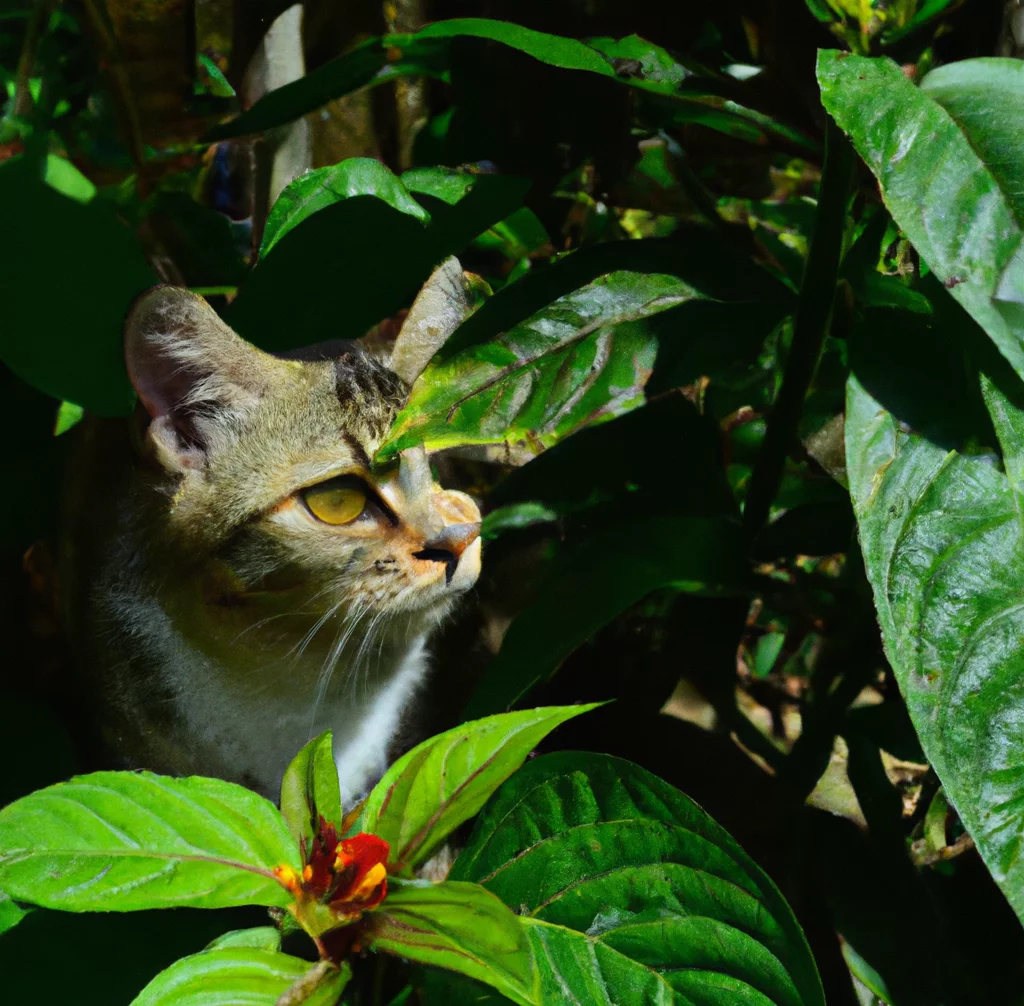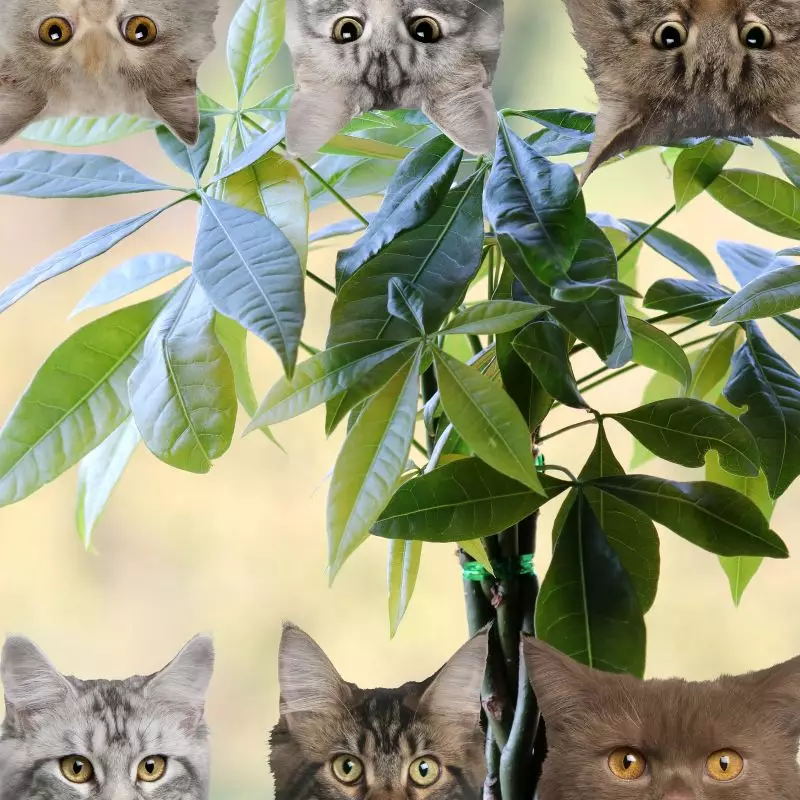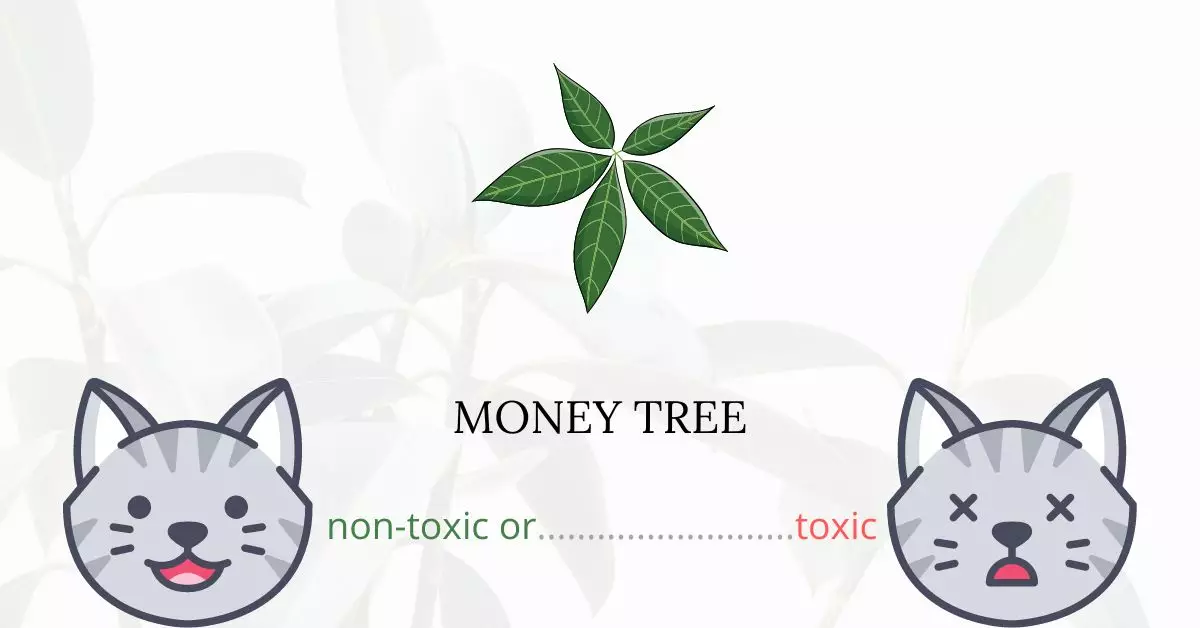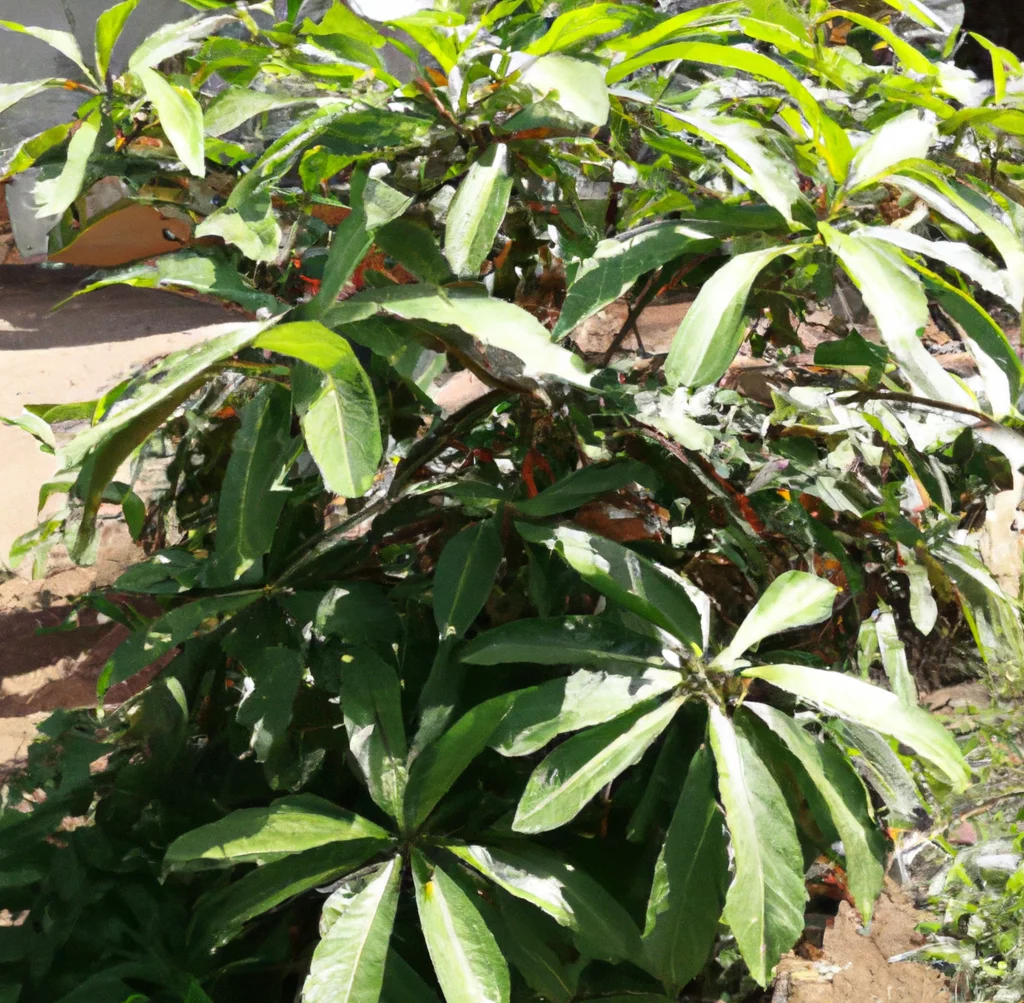The money tree plant (Pachira aquatica) is generally considered non-toxic to cats. However, like many plants, there’s a possibility that some cats might have a mild reaction if they consume its leaves, even though there isn’t a significant health danger associated with it.
This article has been crafted in close collaboration with a team of experienced DVMs (doctors of veterinary medicine). Their invaluable insights allow us to provide accurate and current information about the potential risks various plants, including Money Trees, pose to cats. For a comprehensive understanding, we have also referenced high-authority websites like ASPCA and PetMD.
It’s worth noting that while the ASPCA advises caution with many plants, it’s always wise to consider the plant’s placement in your home to minimize any risk to your feline friends.
Can Cats Eat Money Tree?

It’s unlikely that chewing on or ingesting pieces of a money tree will cause any harm to your cat. However, cats can experience moderate nausea, vomiting, and diarrhea after chewing on plants. Typically, these symptoms are minor and go away on their own within a short time. Your cat shouldn’t be nibbling on your money tree, obviously.
The gnawing obviously has a bad effect on the plant. Another important point to consider is that money trees don’t offer much in the way of nutrients for your cat. Although the plant itself is completely superfluous and does not provide any sustenance to your cat, your cat may gnaw on it out of boredom or curiosity.
What is a Money Tree?
Money trees, or Pachira aquatica, are a common indoor plant. The plant is often referred to as Saba nut or Malabar chestnut. Money tree plants are a minimal maintenance solution for spaces with artificial lighting and frequently have their slender trunks braided together. Care for money tree plants is simple and dependent only on a few particular circumstances.
Native to Mexico and northern South America, money tree plants. Although the trees are often modest, potted ornamental specimens, they can grow up to 60 feet (18 meters) in height in their natural settings. The plant has thin, palmate-leaved stems that are green.
Money tree trees in their natural area bear fruits that are oval, green pods with five chambers inside. The fruit’s seeds swell up until the pod bursts. Roasted nuts can be crushed into flour and have a flavor somewhat akin to chestnuts.
Because of the belief that they will bring luck to their owner in Feng Shui, the plants were given their names.
Keeping Cats Away From Money Tree

Avoid keeping a money tree plant indoors if you want to prevent your cat from consuming it. Given that the majority of cats won’t repeatedly bite or nibble the same plant, this is the most extreme strategy. Placing the plant out of reach is a preferable substitute. If your cat enjoys climbing, this is easier said than done. Decide carefully where to go.
You might also use anything to stop your cats from approaching the plant. Since cats don’t like anything that is bitter, you can spray the plant or pot with something that has a bitter taste and scent for example this cat repellant. It works for my cats.
Grow something different to divert a cat who is fixated on a money tree, as this is the finest alternative. Catnip is a popular option because it is the plant that your kitty buddy will choose over all others in your home.
An indoor catnip plant is a terrific idea because it is simple to grow and because we all know how much our feline companions love it. They are free to bite, brush up against, and sniff it. They can experience a lovely sense of calm rather than the upset stomach that they might experience from money plants.
Plants to Avoid For Your Cats
If you are a cat owner and unsure if the plants growing in your yard are harmful to your cats, check out this list of toxic plants for cats. You can also check our list of non-toxic plants for cats.






